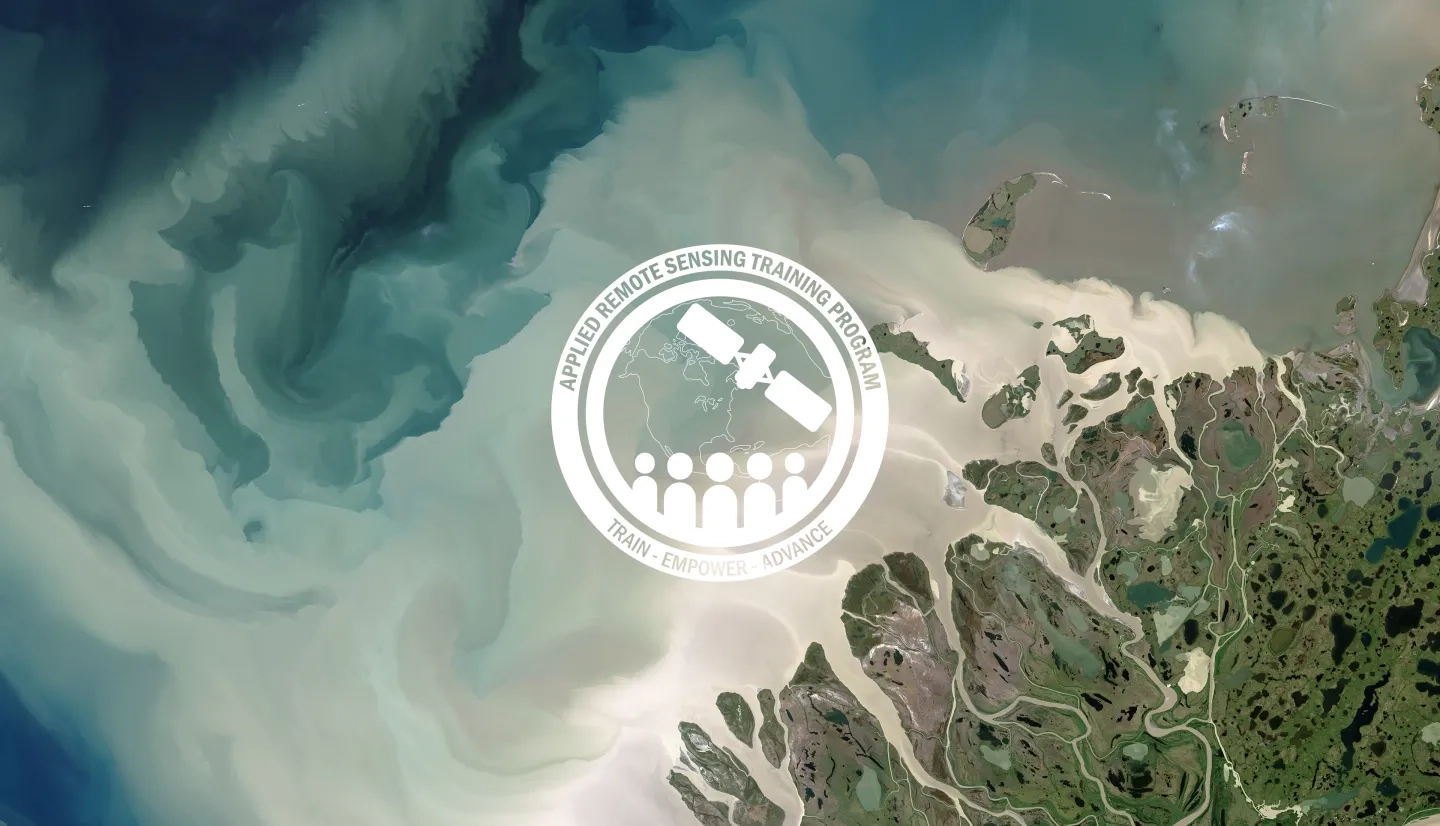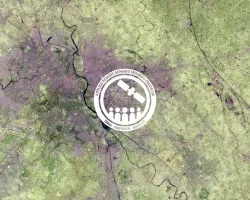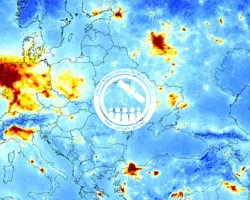Description
Building on 2018's advanced webinar series, Processing Satellite Imagery for Monitoring Water Quality, this training will focus on integrating NASA Earth observations into water quality monitoring decision-making processes. This includes a brief overview of data products used for water quality monitoring, an overview of aquatic remote sensing-specific criteria, methods and best practices, obtaining NASA Earth observation data for water quality monitoring, and practical skill building in image processing for water quality monitoring of coastal and larger inland water bodies. Three two-hour webinars include lectures, hands-on demonstrations, written instructions to conduct exercises, and a question and answer session.
- Complete the on-demand Fundamentals of Remote Sensing webinar, Session 2C or equivalent experience.
- Complete the Advanced Webinar: Processing Satellite Imagery for Monitoring Water Quality webinar series, originally broadcast in September 2018.
- Download and install NASA’s SeaDAS software. As with the previous Advanced Webinar for water quality, this webinar will use SeaDAS. We recommend you open SeaDAS and ensure the software is working prior to starting the webinar.
- Instructions to Install SeaDAS
By the end of this training, attendees will be able to:
- Acquire relevant remotely-sensed imagery and products
- Apply best practices for atmospheric correction to remotely-sensed images
- Evaluate the uncertainty of images by validating satellite imagery using in situ measurements
- Analyze water quality data using NASA's SeaDAS software and validate aquatic remote sensing data products
Regional, state, federal, and international organizations interested in addressing water quality monitoring through the use of remote sensing.
- Three 2-hour sessions
This webinar will cover an overview of remote sensing data products for monitoring coastal water quality. The case study exercise will focus on water quality monitoring in coastal systems using remote sensing data products and SeaDAS.
Instructions to Install SeaDAS
Materials:
Materiales en Español:
This webinar will cover satellite sensors for water quality monitoring of inland water bodies and applications of water quality monitoring. The case study exercise will cover remote sensing data products and SeaDAS focusing on cyanobacterial harmful algal blooms.
Materials:
Materiales en Español:
This webinar will cover building a water quality monitoring work flow using remote sensing data products and in situ data observations and the "nuts and bolts" of image processing in SeaDAS. The case study exercise will look at designing a water quality monitoring program.
Part 3 Landsat-OC-Images
Materials:
Materiales en Español:



